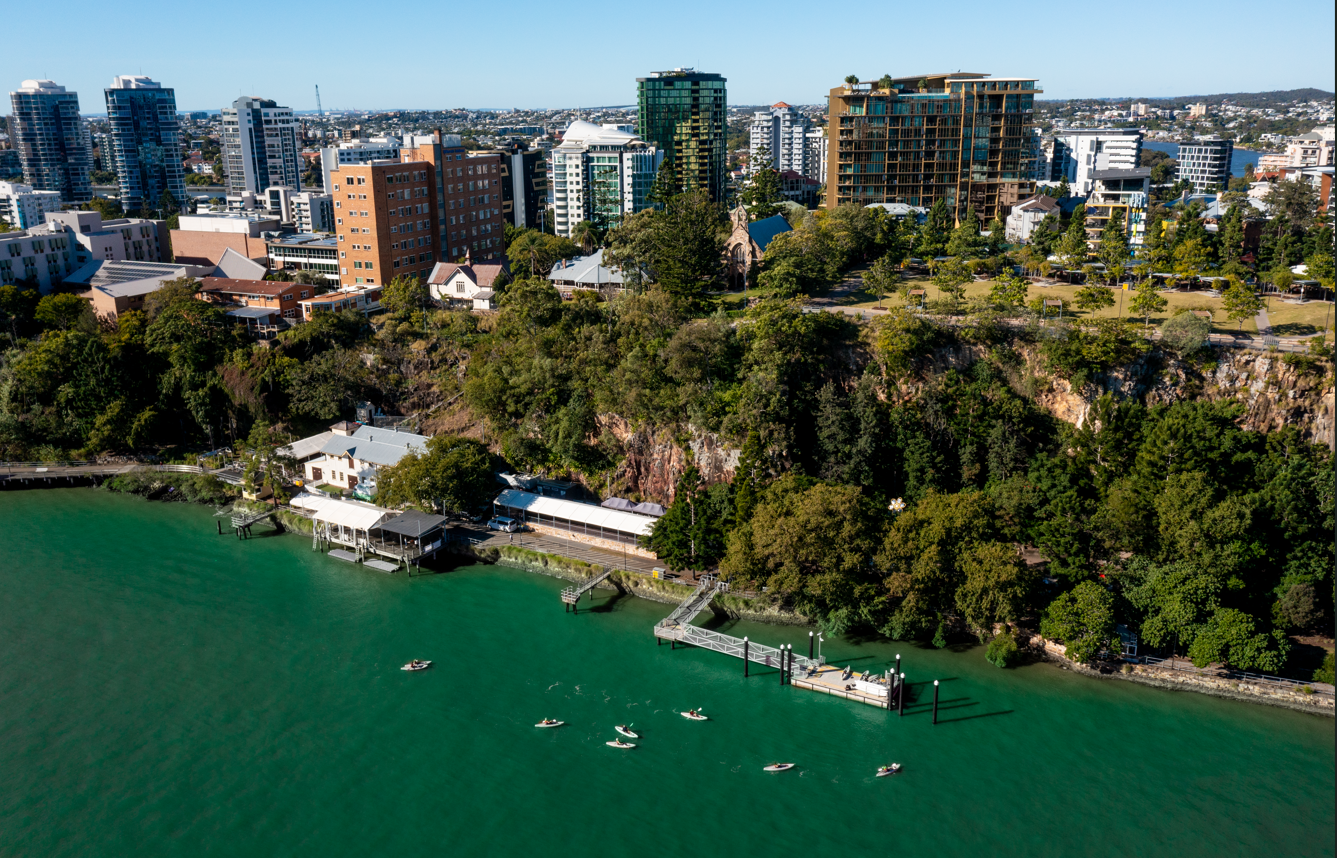Why Tourism Hubs Matter More Than You Think
Ever wonder why similar products always gather in the same place? There's a reason for this.
From the souks of Marrakech to Silicon Valley’s tech giants, the world is full of clusters, hubs where complementary services and like-minded operators gather in tight formation. It’s not coincidence. It’s not even convenience. It’s strategy.
In tourism, these clusters are called tourism hubs, and they play a far more critical role than most realise. These hubs aren’t just postcode coincidences, they’re ecosystem powerhouses. They amplify visibility, spark collaboration, and reduce the mental and logistical load on visitors.
Why do tourism hubs work?
Tourism hubs operate on the same behavioural economic principles that influence how we buy. Human beings are cognitive misers, we prefer ease, clarity, and social proof. Hubs offer all three in abundance.
Ease: When attractions, tours, and services are geographically or digitally close, the decision to explore becomes frictionless.
Clarity: Grouped experiences help customers understand what’s on offer. When options are visible and comparable, they feel more confident in their choices.
Social Proof: Clusters signal popularity. Just like we’re drawn to a busy café, visitors naturally gravitate to areas with visible activity and shared interest.
A rising tide lifts all boats
The most successful tourism destinations have long understood this. Think Tamborine Mountain’s artisan loop, the Whitsundays’ marine precinct, or Byron’s blend of boutique stays and wellness retreats. These aren’t isolated offerings, they're symbiotic networks where each operator benefits from the foot traffic, marketing exposure, and shared infrastructure of their neighbours.
The result? Longer stays. Higher spend. Better reviews. And critically, a stronger brand reputation that punches above its weight.
The digital extension of a tourism hub
In today’s always-on world, tourism hubs aren’t limited to physical space. Digital presence matters just as much, if not more. How your offering is grouped, curated, and positioned online affects how it’s perceived.
When potential travellers hit your site or browse an OTA listing, what they see needs to be immediate, relevant, and emotionally resonant. A standalone operator in a sea of random listings rarely gets a second glance. But part of a compelling hub story? That’s attention grabbing.
Hubs that feel human
A well designed tourism hub isn't just about being in the right place. It's about creating the right experience. The most effective hubs balance two key principles:
Time Sensitivity: Fast moving travellers want efficiency and clear navigation.
Engagement: Leisurely explorers crave story, interaction, and discovery.
The sweet spot is in designing layered experiences that cater to both, something only hubs with shared intent and strategic design can do well.
At Tonic Tourism Solutions, we believe in the power of place—but more importantly, we believe in people. Whether we’re building itineraries or advising on regional growth, we never leave any stone unturned. From unpacking customer psychology to refining your market positioning, we’re relentless in our pursuit of meaningful, measurable results.
Tourism hubs work because they reflect how humans think, behave, and buy. And at Tonic, we make sure our clients benefit from every insight.


